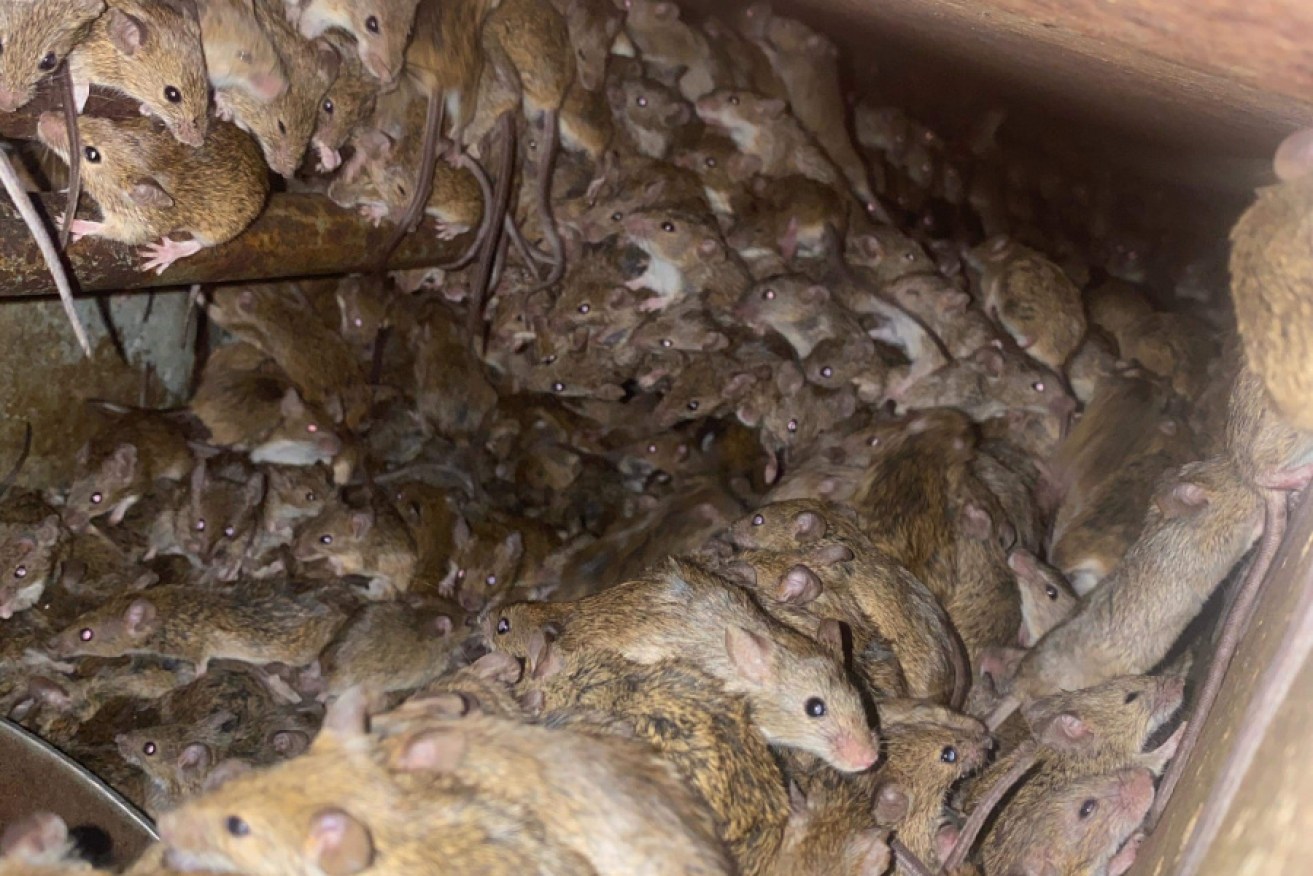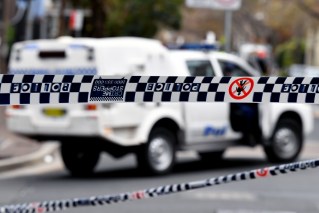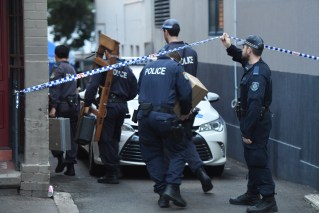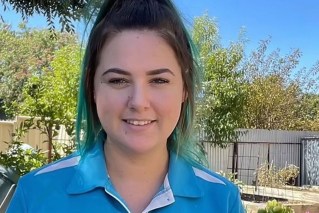Footage shows the full extent of the mice plague crisis


Hundreds of mice hide underneath a silo in central west New South Wales. Photo: Supplied/Harry Gaynor
A disturbing video posted online shows hundreds of mice apparently raining from the sky in central west NSW as farmers plead for more government support to battle their escalating mouse plague.
ABC journalist Lucy Thackray shared a video on Twitter showing both dead and live mice tumbling to the ground as a farmer attempted to clean out his grain silo.
“Even if grain’s in silos, mice can get to it. Like Tyler Jones discovered in Tullamore when cleaning out the auger and it started raining mice,” Ms Thackray said on Twitter.
Desperate farmers are begging for financial assistance to fight the mouse plague tormenting the NSW Central-West
The end to a horror mouse plague that has tormented communities in western NSW is finally in sight thanks to doubly toxic bait, but farmers say they now can’t afford to finish the rodents off.
Farmers gathered at NSW Parliament recently to ask for $25,000 to bait the mice, but no ministers attended their meeting.
Millions of mice have been running rampant through large tracts of inland NSW and parts of southern Queensland, destroying crops and causing significant damage to tonnes of stored hay and grain.
Torrential rain and cooler temperatures were hoped to put a significant dampener on their numbers ahead of the sowing of the winter crop, however both have had little impact in only a few areas.
In most of the afflicted towns, the mice – which are able to breed from six weeks old and churn out a litter every 21 days – continue to wreak havoc unabated.
But thanks to research by Australia’s national science agency, an emergency permit allowing bait producers to double the toxicity of their product has been granted.
The wheat bait will still be applied at the same rate but will have tw ice as much of the deadly zinc phosphide on each grain.
CSIRO researcher Steve Henry says mice rapidly develop an aversion to the bait so it’s critical every grain is a lethal dose.
“One of my colleagues calls it the dodgy curry effect … if you go out, you have some food, you come home and feel sick, you’re not going back to that restaurant again for quite some time,” Mr Henry said.
The higher dosed bait should be on the market soon and will only cost farmers about one dollar more per kilogram.
But NSW Farmers says bait is already in short supply, with demand causing prices to skyrocket, and farmers’ coffers nearing empty.
A survey of 1100 farmers across NSW found 94 per cent have had to bait for mice already, and that the costs of baiting had exceeded $150,000 for some.
Adding to farmers’ financial woes, a third reported stored grain and fodder losses of between $50,000 and $150,000. Five per cent said they’d lost more than $250,000 worth.
Some growers had to give up on their entire summer crop, and about 40 per cent were sowing less in winter.
More than 80 per cent of respondents reported damage to machinery and infrastructure, with around a third saying the damage bill was between $20,000 and $150,000.
The health and psychological cost is immense too.
Barmedman farmer Lisa Minogue said she’d done 38 loads of washing in three days.
“The smell is horrific. You can pick up all the mice you see but there is always more,” she said.
The mice have even made their way into rural hospitals, biting patients, and the local health district has reported an increase in mouse-related disease.
The NSW Farmers survey found 34 per cent of respondents had suffered direct health impacts as a result of the outbreak, and 85 per cent were having trouble sleeping.
“It’s not just farm businesses – regional hotels, retail and food businesses, bakeries, supermarkets, childcare centres and aged care homes have also felt the impact,” CWA chief executive Danica Leys said.
“All of these financial and health impacts follow unprecedented drought, catastrophic bushfires and most recently floods across large regions.
“It is time for the state government to act.”

Residents of regional New South Wales say the mouse plague is not getting any better. Photo: ABC News/Supplied
NSW Premier Gladys Berejiklian did not meet with the delegation, but says the government is doing all it could.
“It’s likely to get worse before it gets better and we’re doing everything we can, but there’s only so much we can do,” she told 2GB radio.
“We can’t pretend to be able to fix what is a natural disaster – there’s no other word for it.”
Ms Berejiklian defended her government’s failure to meet with the delegates, saying the meetings were scheduled at a time the coalition party room was required to gather to discuss legislation.
-with AAP








